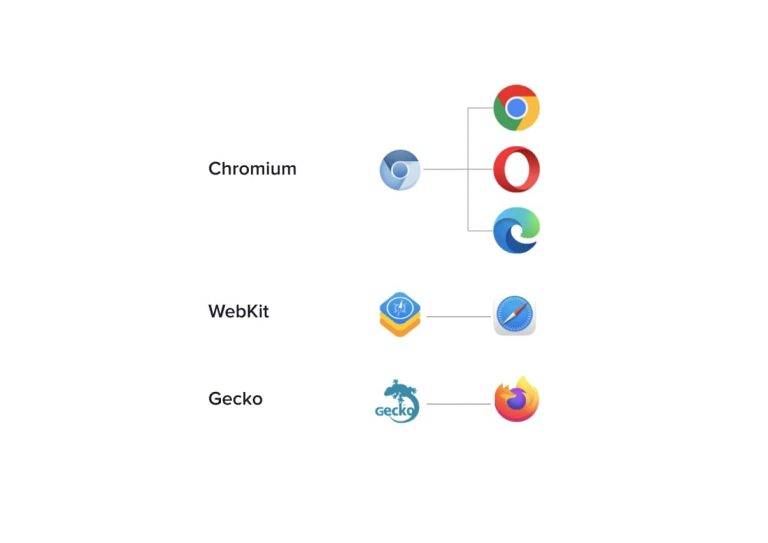
Here’s the problem: there are three web browsers.

Chromium, WebKit, and Gecko - that’s it.
A “fork” that depends on the same browser engine and rendering engine is not really a fork, it is just a UI flavor. For the sake of security, privacy and data handling, this choice is as meaningful as changing your desktop environment on Linux.
If you access anything financial or personally identifying (taxes, banking, credit cards, medical services, driver’s license, an email that is linked to any of those accounts, etc) you should use the browser distributed by the engine’s primary developer (Chrome, Safari, Firefox). If you use something else, you are dependent on a downstream third-party developer to properly implement the engine and ensure that its data handling is properly integrated with the browser application and the OS, and you are dependent on their keeping the engine in their knockoff version up to date. You will always be behind the security patches of the main branch, even if the downstream developer is doing everything correctly. On the internet, this is an extreme risk.












It’s not though, unless they’re building their own engine.